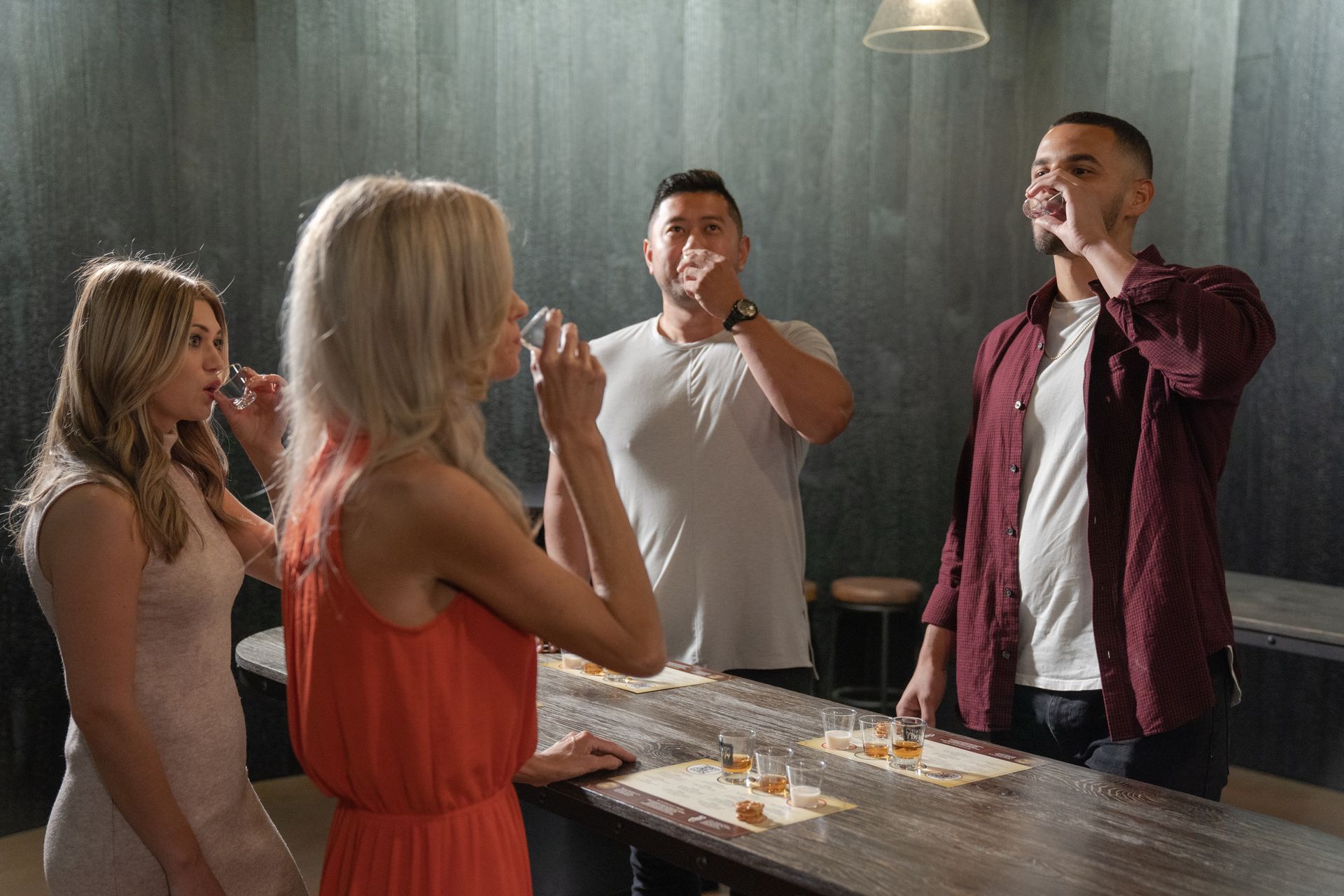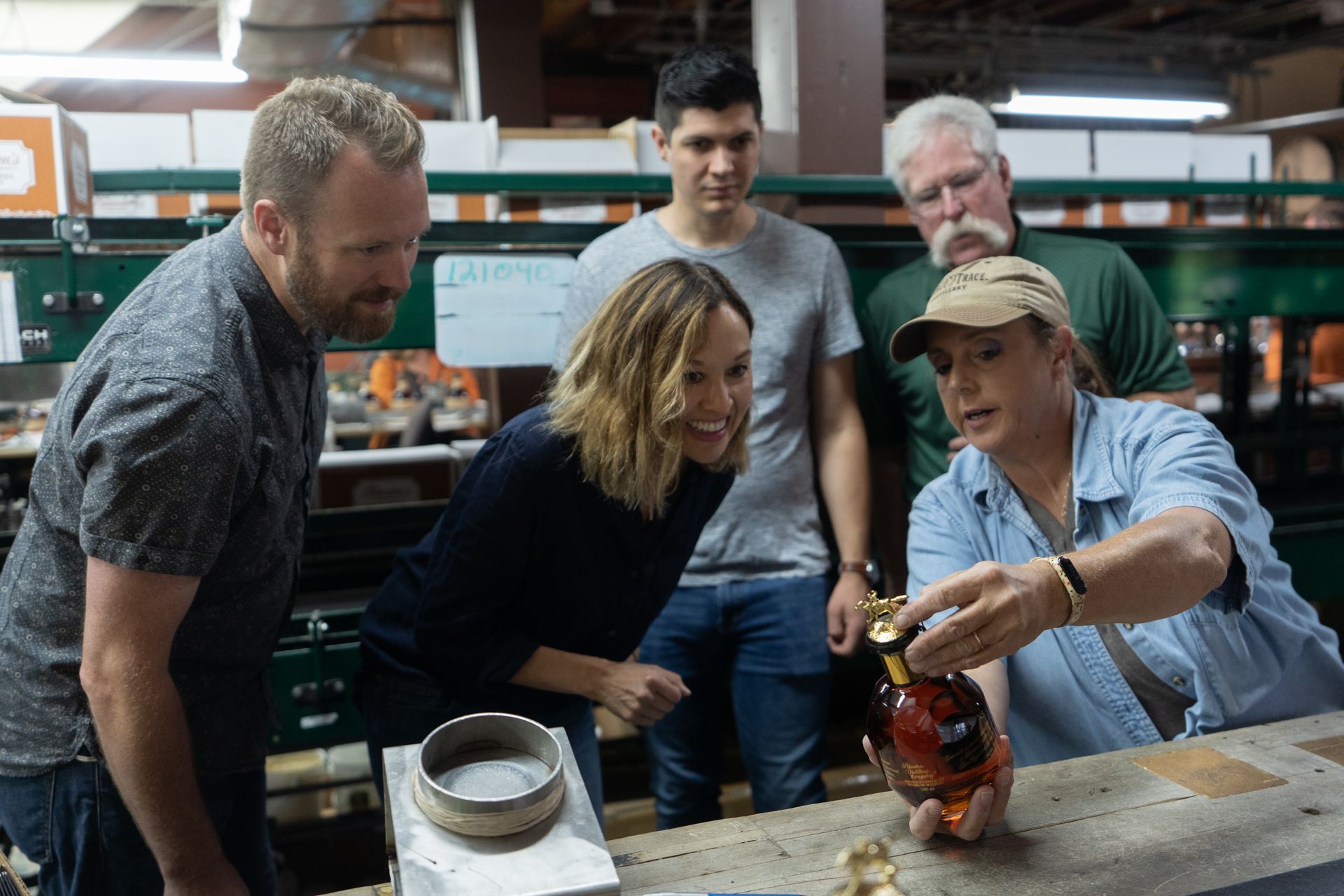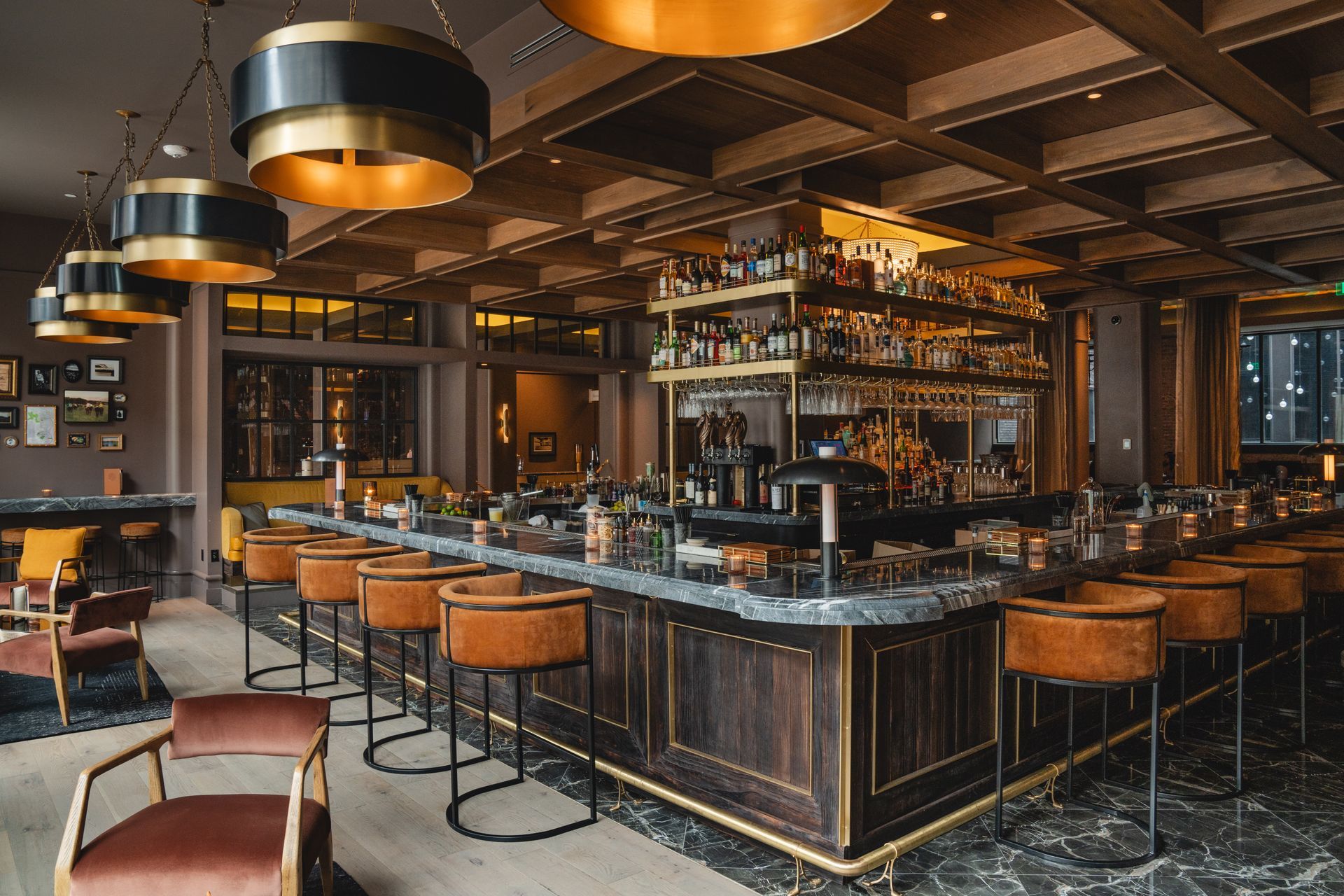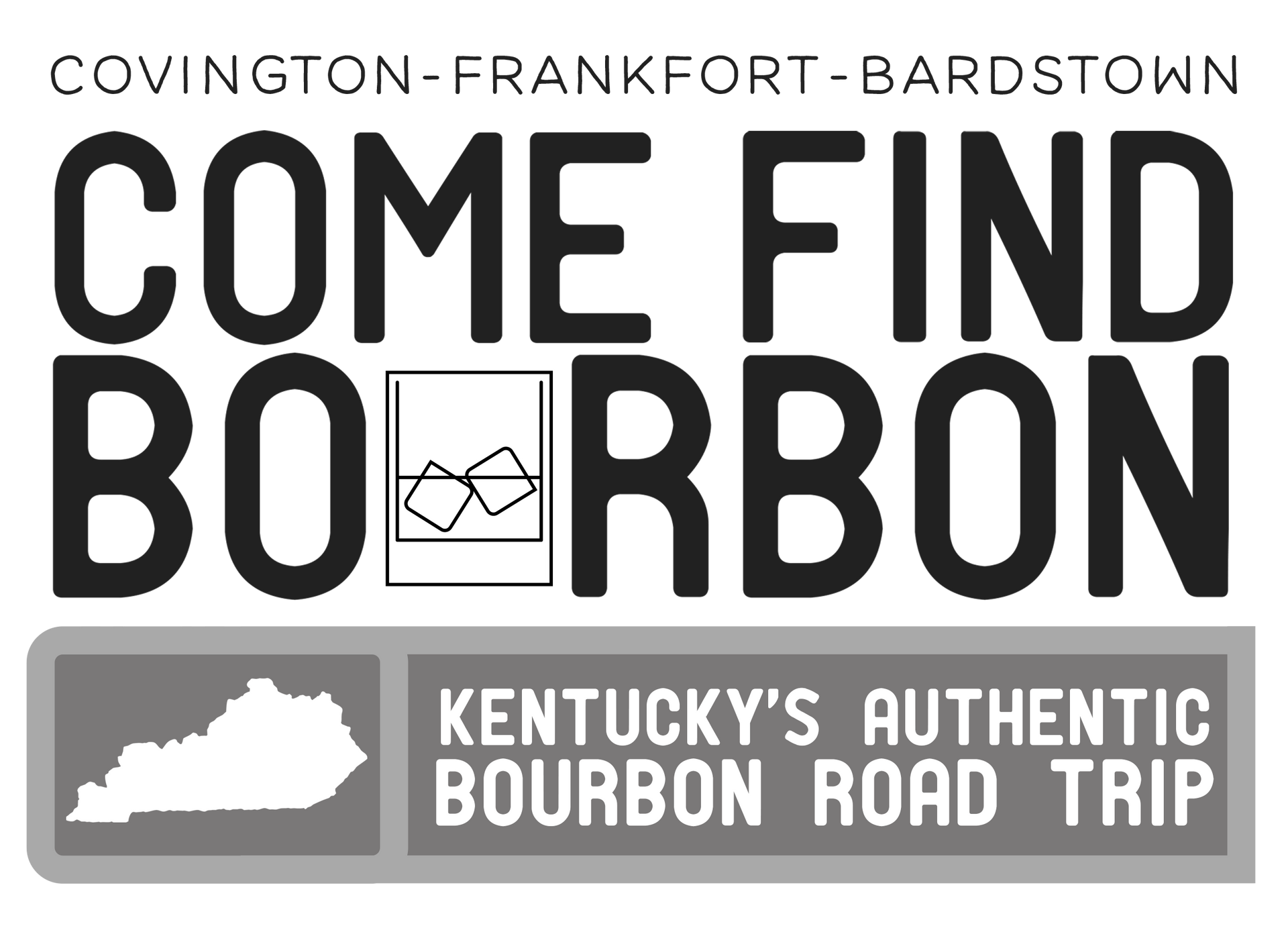Bourbon Basics: How to Taste, Pair, and Enjoy Like a Pro
Planning your first distillery visit or considering a journey along the Kentucky Bourbon Trail®? Bourbon has a built-in mystique and culture that might give the bourbon-curious and aspiring aficionados pause in taking that first step into the world of America’s Only Native Spirit.
BOURBON 101
The variety of distilleries and their unique experiences may seem daunting, and terms like “nosing” and “Kentucky chew” baffling, but part of the fun of bourbon is in the learning. Beginners can get their feet wet in Frankfort at Buffalo Trace Distillery, with an intro to the history and science of bourbon, and at Castle & Key with an interactive Cocktail Therapy class to elevate sensory awareness.
The Old Pogue Experience on Northern Kentucky’s The B-Line® in downtown Maysville offers a different perspective, combining the Bourbon History Galleries, which delve into the 1791 Whiskey Tax Act Rebellion and Prohibition, with an (optional) tasting of an original Kentucky bourbon—Old Pogue Master’s Select. In the Bourbon Capital of the World, Lux Row Distillers in Bardstown gives an insider’s view of the bourbon making process from start to finish on its Grain to Barrel Tour, followed by an educational, guided tasting experience.
Here is a guide to some bourbon basics that will help you look more natural than novice when sitting down to a tasting and will soon have you pairing like a pro.

BOURBON VOCAB
According to Tyler Himes, brand manager at Clermont’s James B. Beam Distilling Co.—which offers tasting experiences for novice whiskey drinkers to seasoned bourbon enthusiasts—nosing is arguably the most crucial part of tasting any spirit, especially bourbon.
“Our sense of smell is far more sensitive than our sense of taste and can reveal a vast array of nuances in the whiskey,” said Himes.
Himes outlines six steps to nosing effectively: pour and observe; the initial approach—that is, holding the glass a few inches away and gently wafting the aromas towards your nose, taking short, gentle sniffs; the swirl; deeper inhalation; identifying aromas; and, optionally, pouring a drop of water.
“If the bourbon is high proof, a tiny drop or two of distilled water can sometimes ‘open up’ the aromas by slightly reducing the alcohol concentration and releasing more subtle notes,” Himes explained.
When nosing bourbon, look for different notes: sweet (vanilla, caramel, toffee, honey, maple syrup, brown sugar); fruity (cherry, apple, pear, citrus, dried fruit like raisins and figs); floral (rose, honeysuckle, potpourri); spicy (cinnamon, clove, nutmeg, black pepper, rye spice); woody (oak, cedar, sandalwood, char); and grain (corn, malt, cereal). Leather, tobacco, nuts, chocolate, and coffee may be among notes identified as well.
According to Himes, the Kentucky chew enhances flavor detection, reveals complexity, and assesses texture and mouthfeel.
“This is a specific technique used to fully experience the flavors and texture of bourbon in your mouth,” he said. “It’s not about aggressively chewing the liquid, but rather a deliberate way of coating your palate and engaging different taste receptors.”
Like nosing, the Kentucky chew is a multi-step process that begins with taking a modest sip of bourbon and coating your palate—swishing it versus swallowing.
“Next is the ‘chew,’” said Himes. “Gently open your mouth slightly and draw in a small amount of air across your palate while the bourbon is still in your mouth. This aerates the liquid, releasing more volatile compounds and intensifying the flavors. It might feel a little like you’re subtly chewing the bourbon, hence the name.”
Follow the chew by allowing the bourbon to linger in your mouth for a few seconds and finally, swallowing and noting the finish—those lingering flavors and sensations that remain after you’ve swallowed.

PAIRING POINTERS
The occasion often dictates the desired mood and complexity of the bourbon, so the goal in pairing is to select a bourbon that complements the other ingredients in a cocktail without being overpowered or lost.
“Classic cocktails like Old Fashioneds, Manhattans, and Sazeracs benefit from bourbons with a good balance of flavor and enough proof to stand up to the other ingredients,” said Himes.
Himes recommends these styles of bourbon:
- Bourbons around 90-100 proof provide sufficient presence, like Knob Creek and Maker’s Mark.
- Rye-forward bourbons add a spicy complexity that works well with bitters and vermouth, such as Old Granddad Bottled in Bond.
- Bottled-in-Bond bourbons offer a robust and consistent flavor profile, like Heaven Hill Bottled in Bond and New Riff Kentucky Straight Bourbon Whiskey - Bottled in Bond, and 1792 Bottled in Bond.
For refreshing cocktails such as Whiskey Sours, Mint Juleps, and Bourbon Smashes, Himes suggests a bourbon that mixes well with citrus, mint, or other fresh ingredients—those in the 80 to 100 proof range, such as Basil Hayden and Jim Beam Black.
Boulevardier, Vieux Carré, and other spirit-forward cocktails benefit from bourbons around 100 proof or higher to provide the necessary intensity to balance alongside Campari or cognac, like Old Grand Dad 114 or New Riff Single Barrel—its bold, spicy character complementing the New Riff Single Barrel Boulevardier served at Smoke Justis in Covington.
“Bourbons with rich and complex flavor profiles can add depth to these sophisticated drinks,” said Himes. “Baker’s Single Barrel Bourbon is an excellent choice.”
Ready to choose a tour and tasting or pair a bourbon with a cocktail? These tips and tricks will go a long way in helping bourbon newbies and burgeoning enthusiasts understand the culture, flavor profiles, and adventure possibilities of Kentucky bourbon and the distilleries that produce them. Start planning your trip today.



